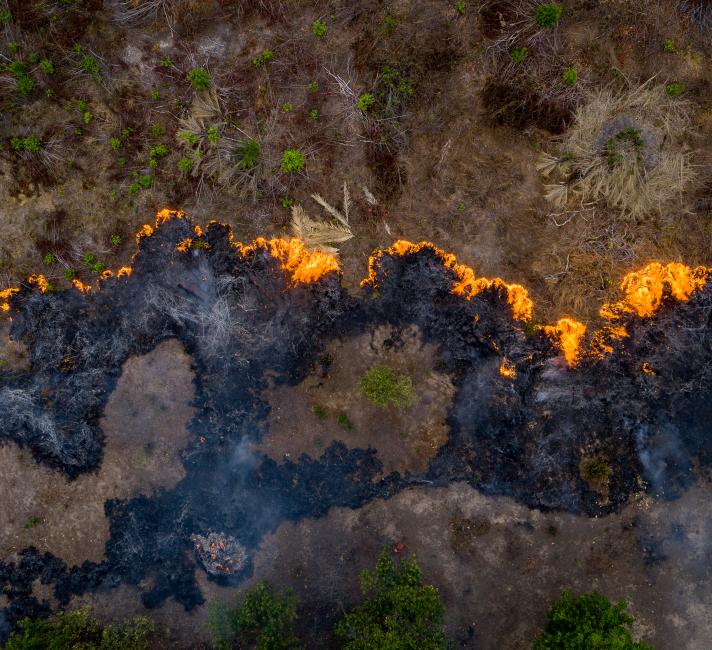Amazon rainforest fires: What is the real cause behind the fire? What is the aftermath?
By Anurag Mallick
Hyderabad: The world’s largest tropical forest, the Amazon, is on fire, and it is humans that are being held responsible for it. May be by desire or by accident.
While many are blaming that the fires occurred due to weather changing patterns, droughts; however, there has been nothing abnormal about the weather in the Amazon in the last year.
Human activities such as farming, mining and drilling are what has resulted in the situation. Not only these factors but the President of Brazil, Jair Bolsonaro, is also to be blamed for his policies which have resulted in the forests coming under threat.
In the last year as many as 74,000 forest fires were witnessed, more than that in 2018 which had over 40,000 fires. The previous worst was in 2016, which had more than 68,000 forest fires in the region.
Hollywood actor and environmentalist Leonardo Di Carpio took to Instagram to show his concern. He posted a picture of the forest fire and captioned it saying – “The lungs of the Earth are in flames. The Brazilian Amazon—home to 1 million Indigenous people and 3 million species—has been burning for more than two weeks straight. There have been 74,000 fires in the Brazilian Amazon since the beginning of this year—a staggering 84% increase over the same period last year (National Institute for Space Research, Brazil). Scientists and conservationists attribute the accelerating deforestation to President Jair Bolsonaro, who issued an open invitation to loggers and farmers to clear the land after taking office in January (sic).”
The world’s largest tropical rainforest is responsible for contributing around 20 per cent of the world’s oxygen, it is home to 40 per cent of the world’s tropical forest and holds 20 per cent of the world’s fresh water supply.
Brazil has the most significant share of the 670 million hectares of the forest, which is about 60 per cent.